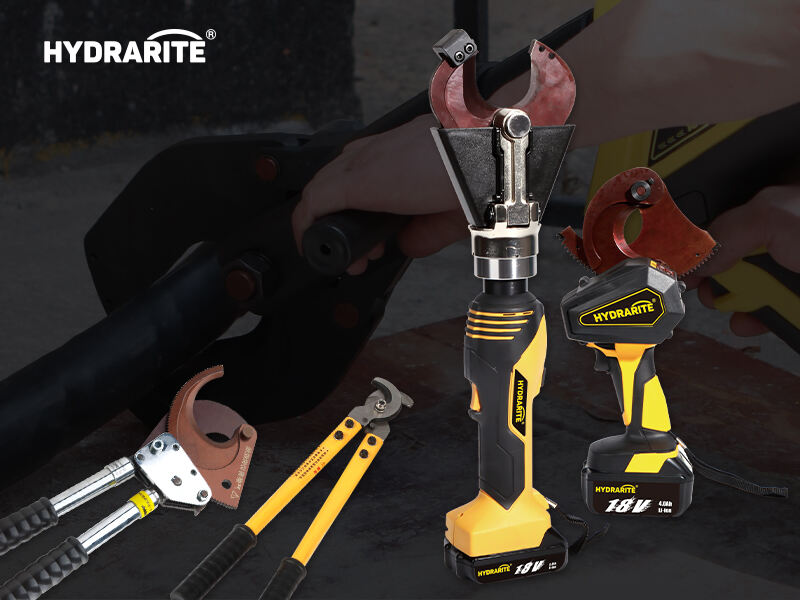In your industry, cable cutters are crucial devices for a vast range of operations as they cut with precision and accurately. Electric work, construction and telecommunications are just some of the fields that find practical uses for cable cutters. This article contains information on all of the cable cutters available in the market, their functions and guides regarding selection.
Understanding Cable Cutters
Cutting tools used for slicing cables made of copper or aluminum or fiber optic are known as cable cutters. Every tool is designed in a different way to cater for different tasks. Precision wire cutters are more suitable for fine tasks while heavy-duty cable cutters are used for thick cables. Different types of cable cutters serve a different array of functions and try to fulfill individual professional tasks, making them useful for any industry.
Types of Cable Cutters
These are the most common cable cutters in the market:
- Heavy-duty cable cutters; widely used by constructors and electricians to cut thick cables, these heavy-duty cable cutters can also be used as precision instrumentation.
- Mini cable cutters; these are perfect for small intricate tasks such as precision work.
- Ratchet Cable Cutters: This type has a ratchet feature that enables easier cutting of thick cables, making them suitable for users who need to cut many cables in quick succession.
- Fiber Optic Cable Cutters: These cutters are meant for fiber optic cables and as such, they are specially made to ensure a clean cut that does not compromise the signal quality.
Of all cable cutters, those that provide precision in cutting cable with the least damage to the cable are the most advantageous.
Factors to Consider When Choosing Cable Cutters
In choosing cable cutters, a professional may need to think about these few factors.
- Material: Tool steel is the most recommended material because of its superior quality.
- Handle Style: Handles that are padded may minimize the strain on the user when gripping it for long periods.
- Cutting Capacity: Work with a cutter that is tailored to fit the size of most cables youre accustomed to working with.
- Weight: Lighter tools can be easier to handle for longer periods without fatigue.
Fulfilling these requirements will enable professionals to purchase tools tailored to their demands.
Maintenance of Cable Cutters
As with any equipment, maintenance of cable cutters impacts their longevity, effectiveness, and reliability. Follow these tips for efficient cable cutters:
- Clean Remains After Every Use: Clean blades of any leftover waste, flotsam, or residue after every use.
- Lubricate Moving Parts: Apply lubricant to the pivot points on a routine basis.
- Store Properly: Place cable cutters in a clean, dry area which is devoid of moisture to avoid corrosion.
Professional maintenance of tools aids in guaranteeing optimal performance without unexpected equipment failures.
Industry Trends and Future Outlook
The cable cutting tool industry is being revolutionized with the development of advanced materials and designs. Increased accessibility of electric and battery-powered cable cutters attests to the rapid shift to modernized, efficient tools. Moreover, the focus on safety and ergonomics is prompting manufacturers to construct injury reducing tools. In the future, experts anticipate advanced technologies will offer unparalleled levels of precision and accuracy when using cable cutting tools.


